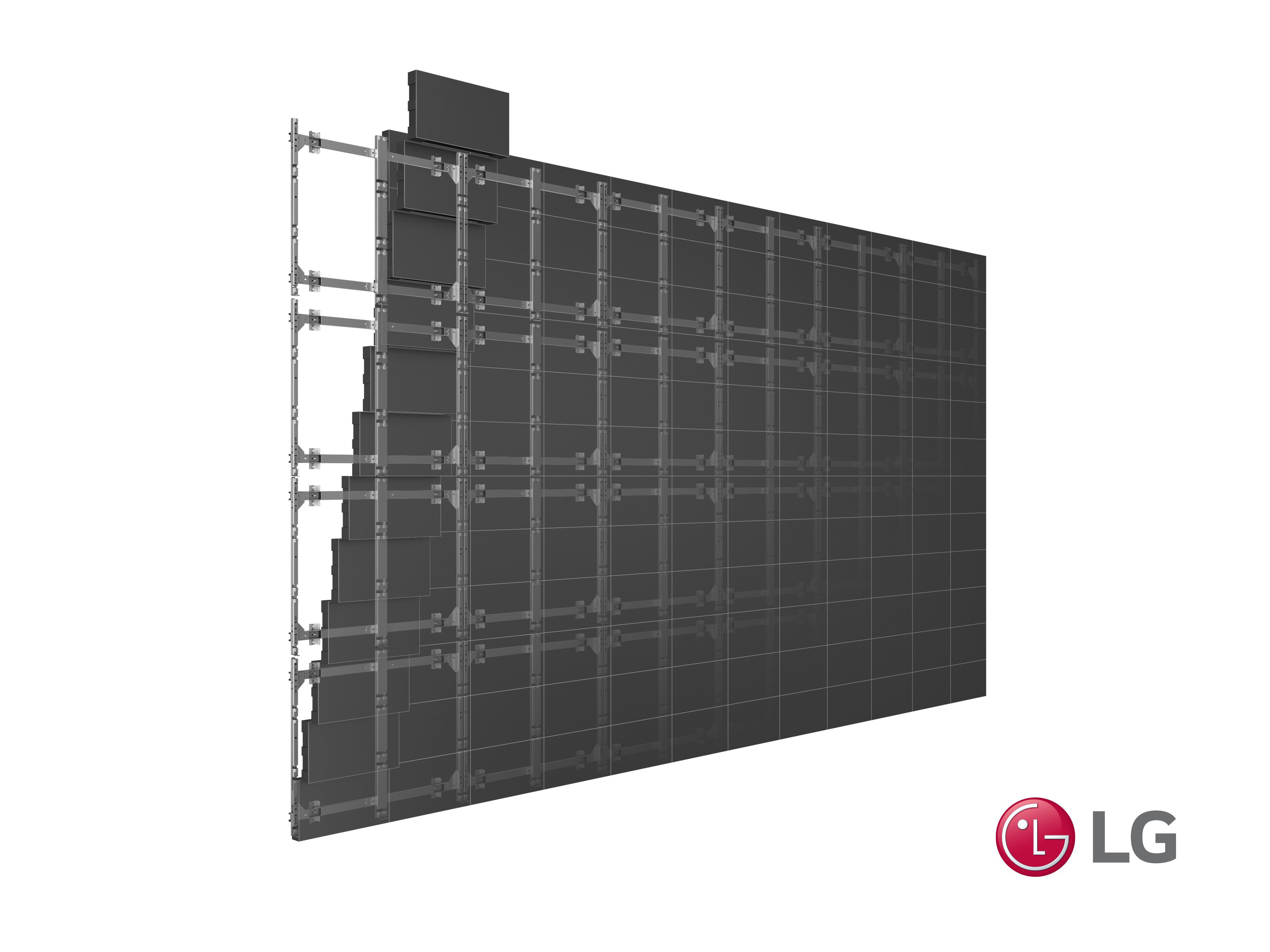Investigating the Essential Factors That Influence Luminance in Light Emitting Diode Display Panels
Investigating the Essential Factors That Influence Luminance in Light Emitting Diode Display Panels
Blog Article
Light Emitting Diode wall panels are increasingly popular for both advertising and leisure due to their luminous and vivid displays. Grasping the elements that affect the luminosity of these panels is essential for manufacturers and consumers alike. Luminosity is typically gauged in candelas, which shows how much light is emitted from the surface of the panel. Several key factors affect to the overall luminosity, including the kind of Light Emitting Diode used, the quality of the panel materials, and the power provided to the screen.
The kind of LED component used in a panel panel plays a crucial role in its luminosity. Different Light Emitting Diodes produce varying levels of light output, which gauge the amount of light perceptible to the human eye. Premium components, such as those made using sophisticated technology, can generate more luminous light with greater effectiveness. Furthermore, the color tone of the LED also influences apparent brightness. For instance, colder hue temperatures (higher K values) can appear more luminous than warmer ones, even at the same light output rating. This feature is important for uses where visibility is crucial, such as in external advertising.
The substances used in the building of LED panel panels also affect their brightness. The kind of foundation and coating discover here materials can influence how much light is conducted versus how much is absorbed or dispersed. For example, a panel made with high-quality clear glass will allow more illumination to pass through than one made with inferior materials. Additionally, the design of the screen, including its depth and the arrangement of the Light Emitting Diodes, can enhance or reduce brightness by influencing how light Learn More is spread across the panel.
The energy source provided to the Light Emitting Diode wall screens is another critical element in determining luminosity. Each LED component has a specific electric potential and current need for optimal functioning. If the power source falls short, the luminosity of the panel will diminish. Conversely, supplying too much power can lead to excessive heat and reduced durability of the Light Emitting Diodes. Therefore, ensuring a stable and sufficient power source is essential for realizing consistent brightness levels. This is especially important in dynamic screens, where luminosity may need to be adjusted for varied lighting conditions.
Lastly, environmental elements can affect how brightness is viewed. Surrounding illumination conditions play a major role in how luminous an LED wall screen looks. In bright sunlight, for example, a screen with a lower luminosity rating may struggle to be visible clearly, while a more luminous screen can stand out more efficiently. Additionally, the perspective from which the panel is observed can influence brightness appearance due to how illumination reflects off surfaces. Comprehending these factors helps buyers select the right Light Emitting Diode wall screen for their requirements and ensures that manufacturers create products that meet luminosity expectations for various uses.